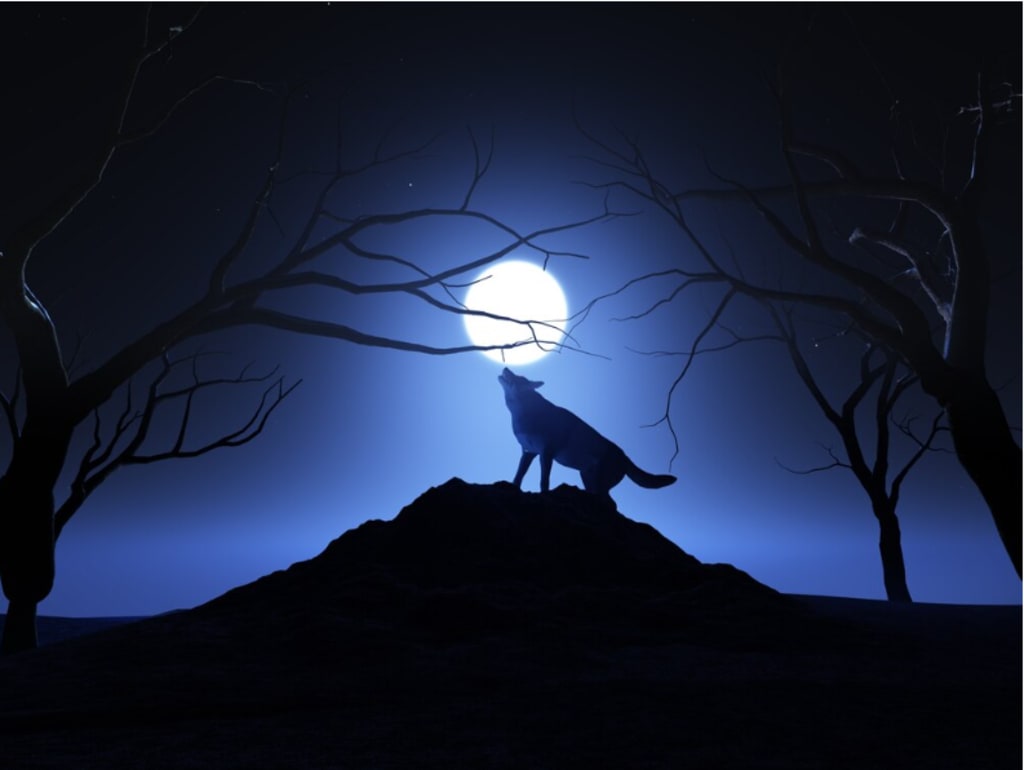The dark history of werewolves
Unveiling the Shadows: Exploring the Origins and Legacies of Werewolf Folklore Throughout History.

In the fall of 1589, the town of Bedburg, Germany, held a profoundly promoted preliminary. Peter Stubbe was blamed for a few grim violations, including murder, attack, and human flesh consumption. However, maybe the most vile allegation of all, was of being a werewolf. In his admission, Peter guaranteed that Satan had given him an enchanted support, which permitted him to change into a wolf and play out his horrendous demonstrations. Accounts of werewolves existed well before this preliminary and keep on living on today. They're particularly unmistakable in European writing and legends, and frequently found in societies where the wolf is the biggest normal hunter. Throughout the long term, the picture of the werewolf has consistently developed, frequently mirroring the apprehensions and biases of that time. In early writing, werewolves were some of the time painted as thoughtful figures: survivors of condemnations who yearned to get back to their human structure. In the tale of Gilgamesh, one of the earliest composed records of werewolves from over 4.000 a long time back, a shepherd falls head over heels for the goddess of affection, Ishtar, who changes him into a wolf when she becomes worn out on his warmth. In this and a few different stories that followed, werewolves were in many cases men who had succumbed to underhanded, charming ladies. In the middle age story of "Bisclavret," a knight is caught in wolf structure by the shrewdness of his significant other, who passes on him to run off with another man. Other early stories investigated fears about the more obscure side of human instinct, including restrictions like barbarianism and murder. In old Greek folklore, Ruler Lycaon was changed into a wolf by Zeus, after he endeavored to fool the god into eating human tissue. As Catholicism spread all through Europe, werewolves turned out to be progressively connected to enchantment, divination, and agnostic conviction. By the sixteenth 100 years, many individuals battled isolating werewolf fiction from truth. Political, financial, and strict disturbances led to the scandalous European witch preliminaries. And keeping in mind that witches were the primary focuses, in certain areas, asserted werewolves like Peter Stubbe were additionally attempted and executed. Today, a few students of history view the preliminaries as driven by a feeling of dread toward pariahs, as well as society's initial endeavors to figure out ruthless wrongdoings. While public confidence in werewolves faded away by the seventeenth hundred years as medication and brain science progressed, the legend would reappear in writing. Once more, by the Victorian period, werewolves had changed, frequently epitomizing fears of moral and mental rot. In George Reynolds' "Wagner the Wehrwolf," the hero makes a settlement with Satan to accomplish timeless youth. Be that as it may, consequently, he changes into a fierce wailing wolf toward the finish of each and every month. By the mid-twentieth 100 years, werewolves found another home to torment — the cinema. Here, the werewolf started to take its advanced structure. For instance, the possibility that the revile could be communicated through nibbles and set off by a full moon was first promoted with the 1935 film "Werewolf of London." Created in the US, the film distinguishes the werewolf disease as starting from the east — explicitly Tibet. This reflected xenophobic feelings of trepidation of the time — that East Asian migrants into North America and Europe compromised the soundness and force of the west. Werewolf trackers took on silver as their weapon of decision after its utilization in 1941′s "The Wolf Man." Composed by Jewish essayist Brief Siodmak, the film is seen by numerous researchers as a moral story for Nazi ruthlessness. In the film, a pentagram shows up on the palm of the werewolf's next casualty, which is remembered to imply the necessary Star of David identifications tracked down in Europe during the 1930 and 40s. Since the 1950s, true to life werewolves have habitually contaminated another gathering of casualties: the youngster. Here, werewolves are much of the time images of male animosity and the vulnerability of puberty. Before the century's over, a few movies started to utilize the brutal change to investigate subjects of pubescence, sporadically with an unmistakably women's activist point of view. However, similar to every incredible beast, the werewolf lives on, and will keep changing to meet its future crowd's requirements. Yet, until further notice, it could be ideal to load up on silver, keep to the street, and be careful the moon.





Comments
There are no comments for this story
Be the first to respond and start the conversation.